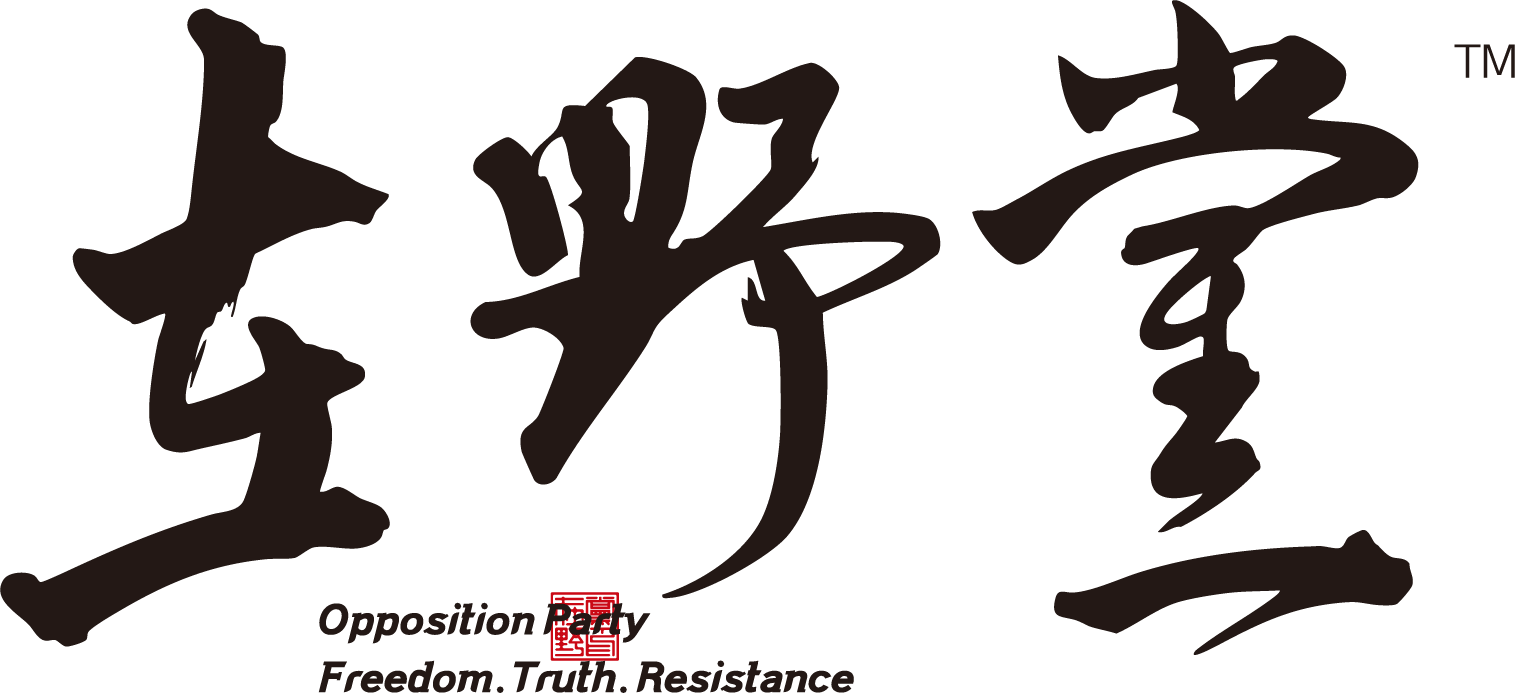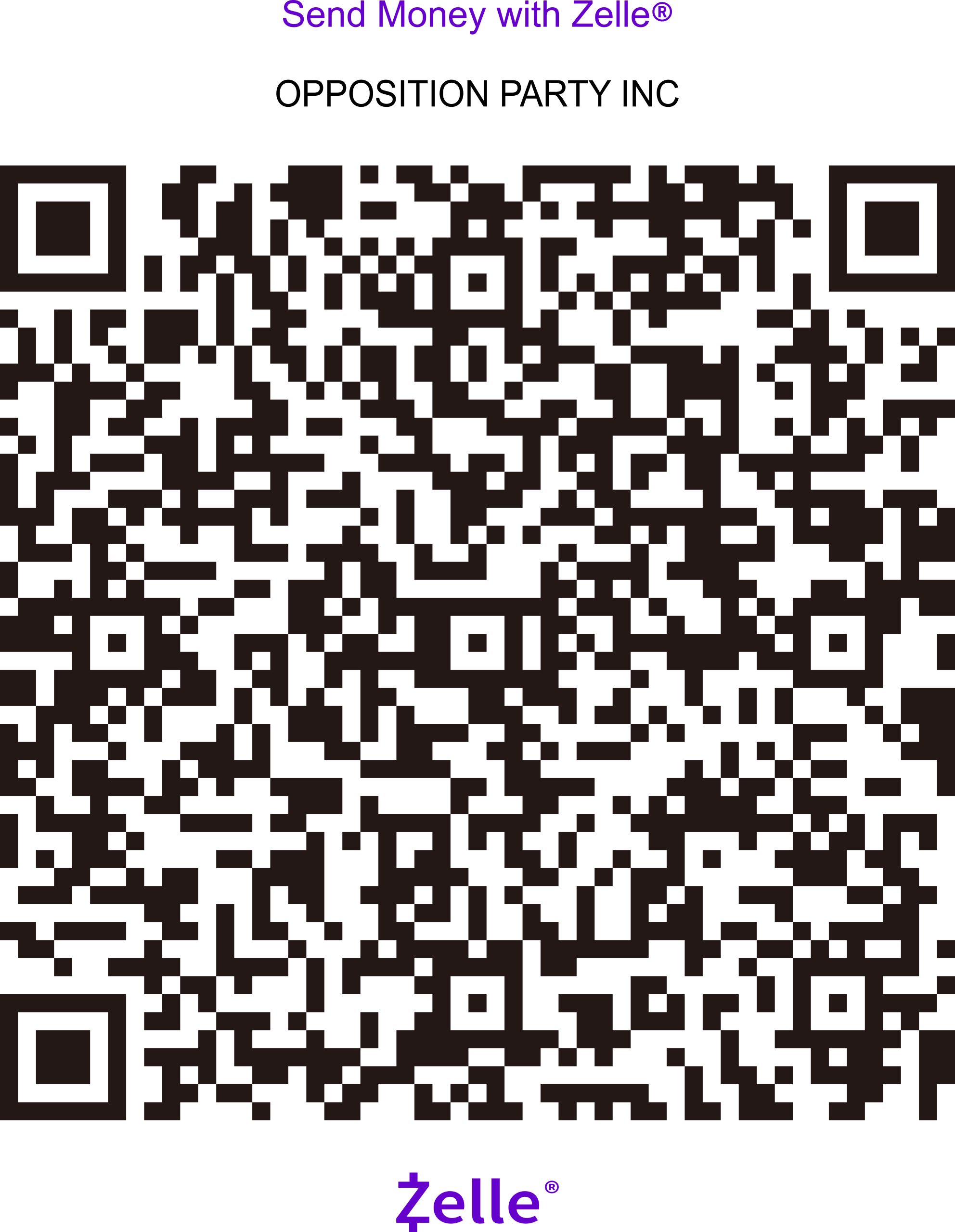On the Falsehood and Deception of the Communist Party’s “People’s Democratic Dictatorship”
作者:何兴强
编辑:何清风 责任编辑:罗志飞 翻译:何兴强
“人民民主专政”是中国共产党在建政初期提出并长期坚持的政治口号。表面看似强调“人民当家作主”,实则是用“人民”之名行专政之实,是一种披着民主外衣的专制统治方式。这一口号的本质,是以“人民”为幌子,将权力牢牢掌握在少数统治阶级手中,掩盖其制度的专制性质和对人权、自由的压制。
一、概念的欺骗性:用“民主”包装“专政”
共产党宣传中常用“人民民主专政”来区分于“资产阶级民主”,声称这是代表多数人的“新型国家政权”。但实质上,该政权并不真正尊重人民意志。“民主”仅存在于形式和口号中,而不是实质的制度设计。
所谓“人民”,在中共语境中,并非全体国民,而是“工人阶级领导的工农联盟”,与中共利益一致者才被称为“人民”;而一旦与中共意见不一致、提出不同政见,即被归入“敌人”“反革命”之列,不受宪法保障。因此,“人民民主专政”中的“人民”是被有选择地定义的,而“专政”则广泛实施在反对派和异议人士身上。
二、制度设计缺乏真正民主机制
民主的核心要素包括:自由选举、言论自由、新闻自由、司法独立、政党竞争等。然而在中国大陆:
• 选举是伪装的,人大代表从不由自由竞争选出,提名过程由中共严密控制。
• 言论和新闻自由遭打压,媒体被党操控,无法发挥监督政府的功能。
• 司法不独立,“党领导一切”导致法院只是政府意志的工具。
• 没有多党竞争,中国虽有“八个民主党派”,实则皆为“花瓶党”,受中共统战部控制,并无实权。
这种体制安排根本无法产生对权力的制衡机制,人民无法通过制度和平地表达意见或改变政府政策,所谓“民主”完全是一种幻象。
三、历史与现实中的血腥专政
从建国初期的“镇反运动”、“三反五反”、“反右运动”、“文革”等政治运动,到近年来对维权律师、异见作家、宗教信徒、少数民族的打压,事实充分证明,“专政”不仅没有“为人民”,反而成为了迫害人民的工具。
在“人民民主专政”的旗号下,中共大规模使用监控系统、强化舆论审查、操控教育体系,制造意识形态单一化;更通过户籍制度、社会信用系统等手段,将公民牢牢控制在制度之网中,剥夺了人们行动与思想的自由。
四、人民已被剥夺监督政府的权利
真正的民主政治,意味着人民有知情权、监督权、表达权和罢免权。而在中共体制下,民众不仅无法自由了解真相,反而要承受一言不合就被“喝茶”、“封号”、“失联”的风险。举报贪官无果、上访被打压、官员腐败横行,却无人问责。
许多良心人士如刘晓波、许志永、陈光诚等,仅仅因为和平表达不同政见,就被判刑或长期软禁。他们的遭遇正是“专政”之名打压“人民”最直接有力的证据。
五、“人民民主专政”是一种彻头彻尾的谎言
归根结底,“人民民主专政”这一概念本身就是自相矛盾的。民主与专政无法并存。将“民主”与“专政”捆绑,只是中共为了掩盖其独裁统治而使用的语言陷阱。这种语言的双重性和欺骗性,令普通民众难以识破。并通过长期的洗脑宣传和制度控制,这一谎言在一部分国人中被反复灌输,以至于很多人甚至已经丧失了分辨真民主和假民主的能力。
结语:
“人民民主专政”不是人民的民主,而是中共对人民的专政。这种制度在语言上玩弄文字游戏,在现实中压制异见、扼杀自由,实质是一党专制、独裁统治。面对这种虚伪和谎言,我们有责任勇敢的站出来揭示它的本质,唤醒更多人对真正自由和民主的渴望。
On the Falsehood and Deception of the Communist Party’s “People’s Democratic Dictatorship”
Author: He XingQiang
Editor: He Qingfeng Chief Editor: Luo Zhifei Translator: He Xingqiang
The so-called “People’s Democratic Dictatorship” is a political slogan introduced by the Chinese Communist Party (CCP) during its early years of governance and has been maintained as a cornerstone of its ideological rhetoric. On the surface, it appears to promote “the people ruling the country,” but in reality, it uses the name of “the people” to justify authoritarian control. It is essentially a form of dictatorship cloaked in the language of democracy, allowing a small ruling elite to maintain power while suppressing human rights and freedoms.
1. Deceptive Terminology: Democracy in Name, Dictatorship in Practice
The CCP frequently contrasts “people’s democracy” with “bourgeois democracy,” claiming that theirs is a new type of political system that represents the majority. However, in practice, this regime does not respect the genuine will of the people. “Democracy” exists only as a slogan—not as an institutional reality.
The term “people,” as used by the CCP, does not include all citizens but is narrowly defined as those who align with the Party’s ideology—mainly workers and peasants under the leadership of the Party. Anyone expressing different opinions or dissenting views is branded an “enemy,” a “reactionary,” or a “threat to social stability.” These individuals are then stripped of legal protections. Thus, the term “people’s democracy” is selectively applied, while “dictatorship” is enforced broadly.
2. Absence of Genuine Democratic Institutions
The core components of a real democracy—free elections, freedom of speech, independent media, judicial independence, and multiparty competition—are all absent in China:
• Elections are a sham: Members of the National People’s Congress are not chosen through competitive or free elections, and all nominations are tightly controlled by the CCP.
• Speech and press freedoms are suppressed: All media is state-controlled, functioning as the mouthpiece of the Party rather than a watchdog for the people.
• The judiciary is not independent: Courts are under the CCP’s leadership and serve to enforce Party policy.
• No real political competition: Although China maintains several “democratic parties,” they are all subordinated to the CCP under its United Front strategy and have no real power.
These institutional arrangements eliminate any meaningful checks and balances on power. Citizens have no lawful avenues to influence policy or challenge the government, making the so-called “democracy” nothing more than a façade.
3. Historical and Ongoing Repression
From early political campaigns such as the “Campaign to Suppress Counterrevolutionaries,” the Anti-Rightist Movement, and the Cultural Revolution, to more recent crackdowns on human rights lawyers, writers, religious believers, and ethnic minorities—the CCP has consistently used the banner of “people’s dictatorship” to justify persecution and violence against its own citizens.
Today, under the guise of stability and control, the Party employs mass surveillance systems, online censorship, and ideological indoctrination to maintain social conformity and loyalty. It also uses tools like the household registration system and the social credit system to monitor and restrict citizens’ movements and behaviors.
4. The People Have Been Deprived of Oversight Power
In a genuine democracy, the people should enjoy the rights to information, supervision, expression, and recall. Under the CCP regime, not only are these rights denied, but individuals who attempt to exercise them face serious consequences. Speaking out may lead to detention, account bans, or enforced disappearances.
Whistleblowers are ignored or punished, petitioners are silenced, and corruption is rampant among officials, with little to no accountability. Activists such as Liu Xiaobo, Xu Zhiyong, and Chen Guangcheng have all been imprisoned or placed under house arrest simply for peacefully expressing dissent. These cases clearly demonstrate how the so-called “dictatorship of the people” is in fact a dictatorship against the people.
5. “People’s Democratic Dictatorship” Is a Complete Lie
Ultimately, the concept of a “people’s democratic dictatorship” is inherently contradictory. Democracy and dictatorship cannot coexist. By binding the two together, the CCP engages in linguistic manipulation to mask its autocratic nature. This double-speak misleads the public and prevents many from understanding the difference between real democracy and authoritarianism.
Through decades of propaganda and systemic control, the CCP has succeeded in deeply embedding this false narrative, leading many citizens to lose the ability to discern truth from deception.
Conclusion
The “People’s Democratic Dictatorship” is not democracy for the people, but dictatorship over the people. It disguises authoritarianism with carefully chosen words and uses it to silence dissent, eliminate freedoms, and consolidate power in the hands of a single ruling party. It is the duty of all who value truth and justice to expose this lie and awaken in others a genuine desire for freedom, democracy, and human dignity.



-rId4-512X288.jpeg?w=218&resize=218,150&ssl=1)



